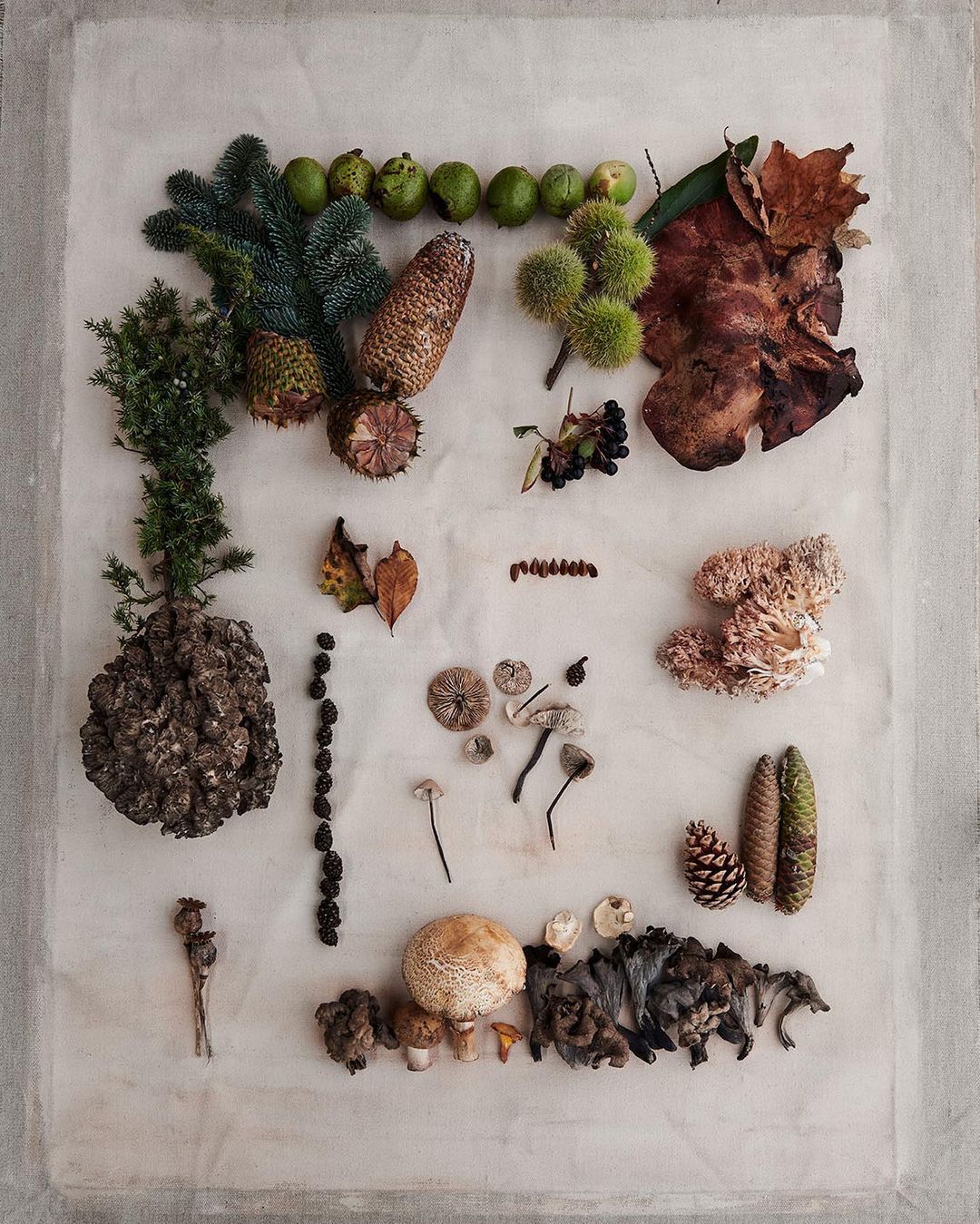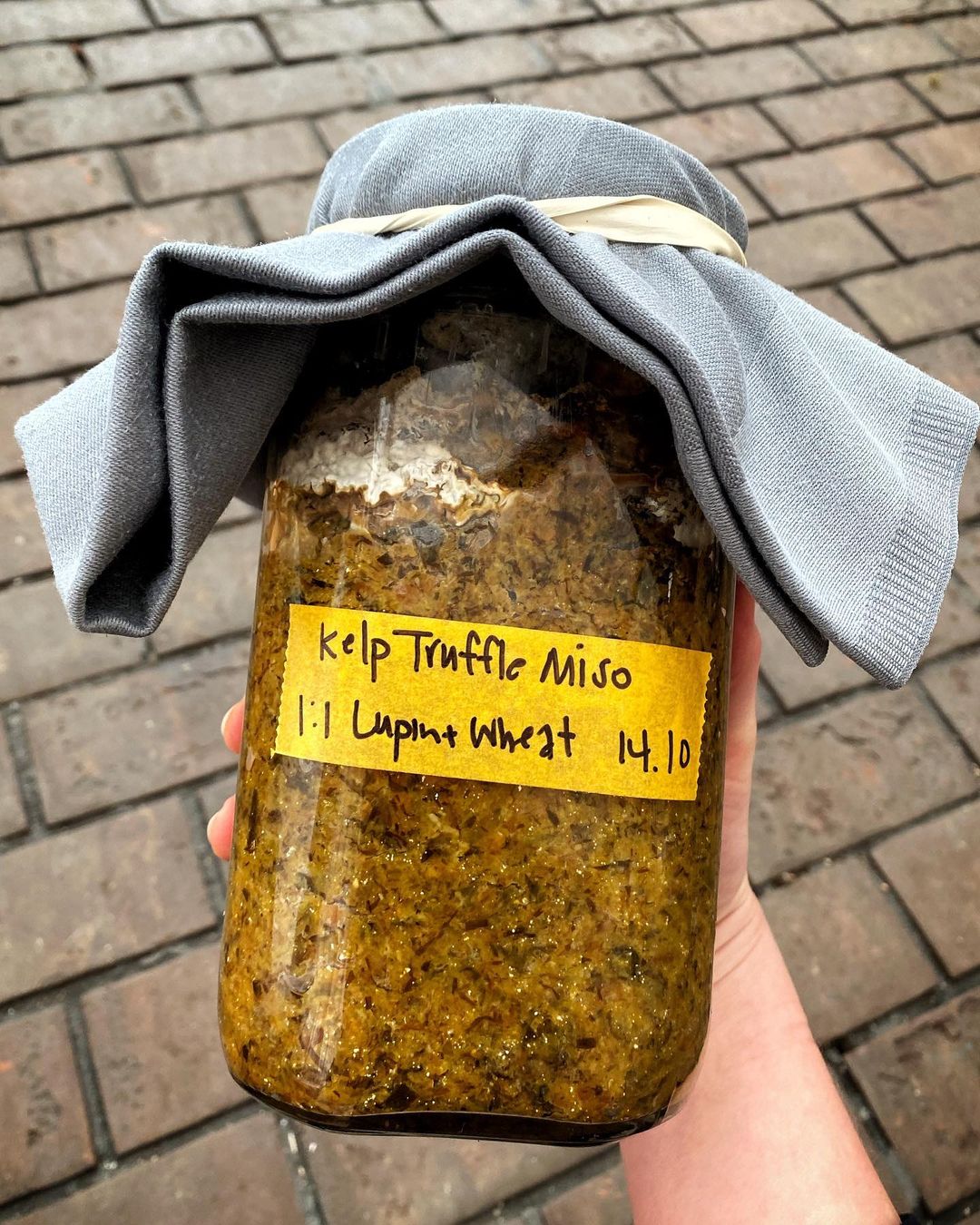Reflecting On 7 Innovations By René Redzepi & His Team Ahead Of Noma’s Closure
By Something CuratedSince its inception two decades ago, the Copenhagen restaurant Noma, credited with the invention of New Nordic Cuisine, topped the list of the World’s 50 Best Restaurants five times, most recently in 2021. But after years of serving dishes based on locally foraged ingredients, from reindeer brain custard with bee pollen to a quince and fermented rice ice cream with an oyster caramel, chef René Redzepi’s three-Michelin-star venture will bring its restaurant chapter to a close at the end of 2024. The following year it will be reborn as a “giant lab,” dubbed Noma 3.0. Looking back at the fêted restaurant’s influential work, Something Curated takes a closer look at the impact of Noma on contemporary dining culture.
Bringing foraging to the forefront

While the idea of foraging has existed since the dawn of humankind, and Noma was definitely not the first restaurant to include foraged ingredients on their menu, René Redzepi was certainly an innovator in the space, shifting perceptions around finding and eating free food. It went from an endeavour associated with pure pragmatism to something noteworthy and even extraordinary. Through Noma’s stylised take on the approach to sourcing, the popularity of foraging within the context of the restaurant industry and beyond has widely grown.
The New Nordic Food Manifesto

“To express the purity, freshness, simplicity and ethics we wish to associate to our region… To reflect the changes of the seasons in the meal we make,” The New Nordic Food Manifesto begins. As one of the Manifesto’s co-writers and signatories in 2004, Redzepi has been at the helm of New Nordic cuisine, shaping and reimagining the region’s food culture, as well as putting it on the map. Redzepi, along with a collective of chefs and journalists, consolidated a series of principles around the ethics, sustainability and quality of food, which have had a ripple impact on dining culture at large.
Insects in the Western kitchen

In ancient societies around the world from China to Greece, eating insects was a common custom. The earliest written evidence of insects as food can be found in a Tang Dynasty cookbook, written sometime between 618 and 907AD. Today, it is estimated over two billion people eat edible insects around the globe, yet in the Western world it remains a taboo topic. Destigmatising the food source in Europe, when Noma popped up in London in 2012, it memorably served ants to curious guests. Ants continue to be a regular ingredient on Noma’s menu.
Goodbye to the white tablecloth

The starched white tablecloth was, and in many contexts still is, a staple of fine dining – but Noma opted to eschew this tradition, rendering it passé. One of the first fine dining establishments to go in this direction, today its not unusual to eat at a Michelin starred restaurant with no tablecloth, and the normalising of this is in large part due to Redzepi’s way of thinking.
Experiments in fermentation

As former head of the Fermentation Lab at Noma, David Zilber was in charge of experimenting with and creating the unique ingredients like pea miso or rose kombucha that have become synonymous with Noma’s offer. Though fermenting has long been a part of global culinary traditions, Zilber’s drive for innovating in the space has led to some unusually tasty and probiotic rich discoveries – as well as propelling a food trend.
The chef is present

Breaking the fourth wall as it were, through Noma, Redzepi sought to shift perceptions of the chef by bringing the creator of the dish into the dining room. Rather than relying wholly on servers, the chef, who traditionally stayed hidden in the kitchen, brings their creations to the guests, encouraging further dialogue around the meal, its production and its maker.
Juice pairings

We have all heard of wine pairings with food, but at Noma, over the last decade, each dish has been offered with an accompanying juice. Served with or instead of wines, the refreshing blends are conceived to match and balance the dishes on the table, with complementing and unexpected notes woven through the inventive concoctions, from cherry wood and rose oil to roasted kelp and barley.
Feature image via @nomacph